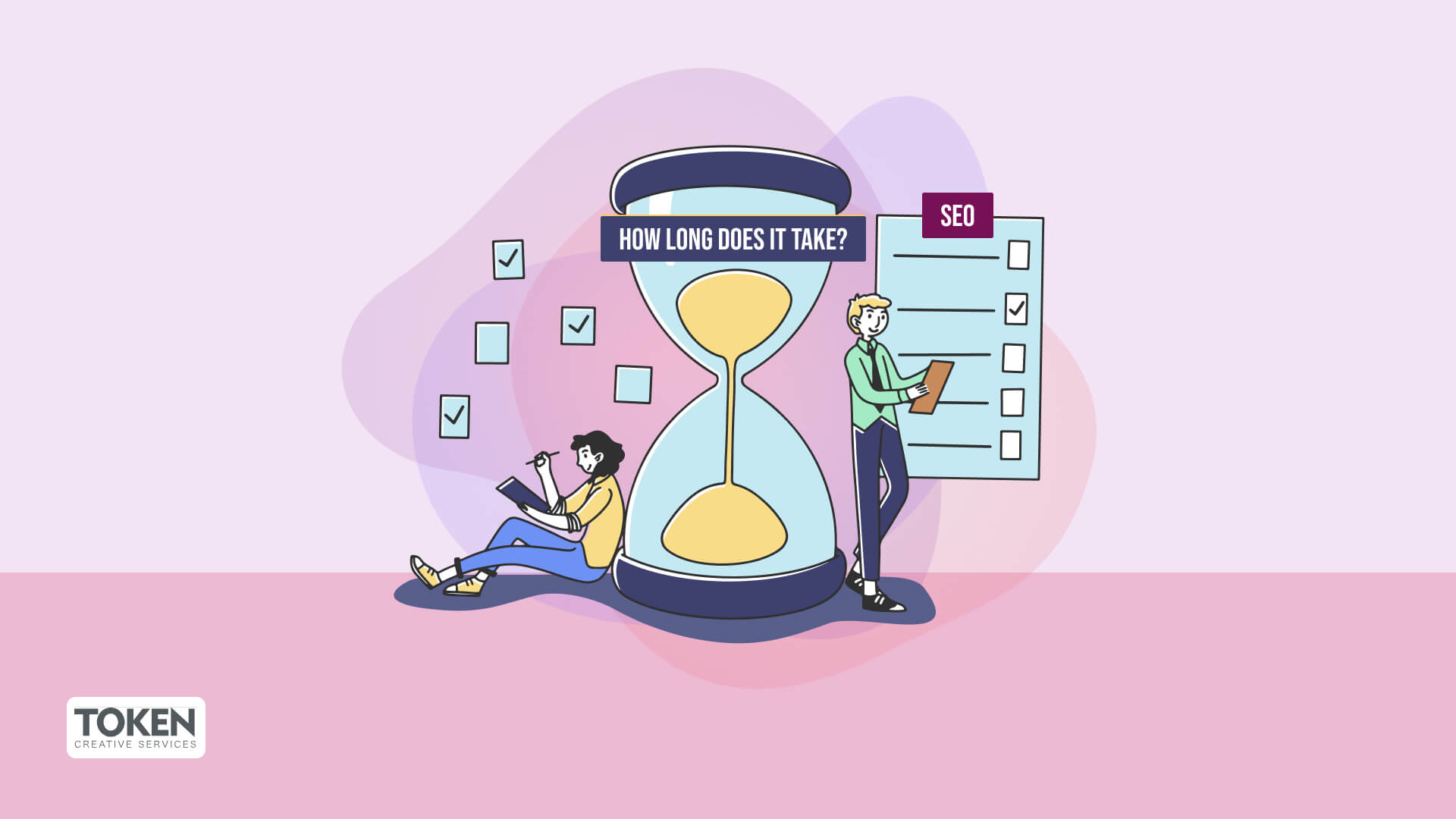
In today's online landscape, online store SEO is a essential aspect of running a successful online store. With Google and Bing being the main source of traffic for most digital retail businesses, enhancing your website for SEO can significantly influence your visibility, sales, and overall expansion. According to BrightEdge, over 53% of all site traffic comes from natural search, making it vital for online retailers to focus on SEO tactics that improve rankings and increase conversions. This guide will walk you through online store SEO methods, best practices, and real-world data insights to help your store thrive in a crowded landscape.
Understanding eCommerce SEO and Its Significance
SEO for online stores goes beyond standard site optimization. It includes enhancing item listings, collections, and the overall site architecture to improve rankings and UX. According to Moz, the top-ranking sites on Google receive 31.7% of all traffic, while lower-ranked pages get significantly less visibility. By implementing an effective online store SEO strategy, businesses can generate organic visitors and reduce reliance on advertising-based advertising.
Key online store SEO factorscomprise keyword research, site optimization, structured data, loading performance, and mobile optimization. Google’s mobile-first indexing further emphasizes the importance of enhancing for mobile eCommerce, as over 72.9% of online store sales now come from smartphones and tablets (Insider Intelligence).
Keyword Research: The Foundation of eCommerce SEO
Proper eCommerce keyword analysis Token Creative Services is essential for appearing higher in search results. By finding the right search terms, businesses can target potential buyers at different phases of the purchase journey.
Steps for Successful Keyword Research:
Identify Buyer Intent Keywords: Use platforms like Google Keyword Planner, Ahrefs, and SEMrush to find effective buying-related keywords (e.g., "buy running shoes online").
Leverage Specific Keywords: Phrases like "best running shoes for flat feet" often have less competition and higher purchase likelihood.
Analyze Competitor Keywords: Tools like SpyFu and Ubersuggest help find search terms that drive visitors to rival sites.
Optimizing Product and Collection Pages for SEO
Product and category listings serve a crucial role in online store SEO. Enhancing these pages ensures higher rankings and a seamless user experience.
Best Practices for Item Page SEO:
Use Original Product Descriptions: Avoid duplicate text by crafting custom descriptions.
Optimize Title Tags & Meta Descriptions: Include main keywords while search term targeting making them engaging and to-the-point.
Add Clear Images with Alt Text: Improves search ranking and betters user experience.
Internal Linking: Guide customers and crawlers to relevant items and categories.
Boost Your ECommerce Revenue with Professional SEO
Struggling to rank higher and increase website traffic to your digital shop? Token Creative Services specializes in eCommerce SEO that enhances search presence, connects you with buyers, and increases conversions.
Get found. Grow your revenue. Stay ahead of the competition.
Let’s talk for a customized SEO solution that delivers real results.
Conclusion
eCommerce SEO is a long-term effort that requires strategic planning, execution, and patience. By implementing best practices, improving item and collection listings, and concentrating on site optimization, digital retailers can experience long-term expansion. As Google ranking factors continue to evolve, staying updated with the latest eCommerce product page visibility SEO trends is essential.
Are you prepared to elevate your eCommerce business to the higher stage? Begin optimizing today.
Comments on “The Ultimate Online Store SEO Guide: Strategies, Tricks & Best Methods for Online Growth”